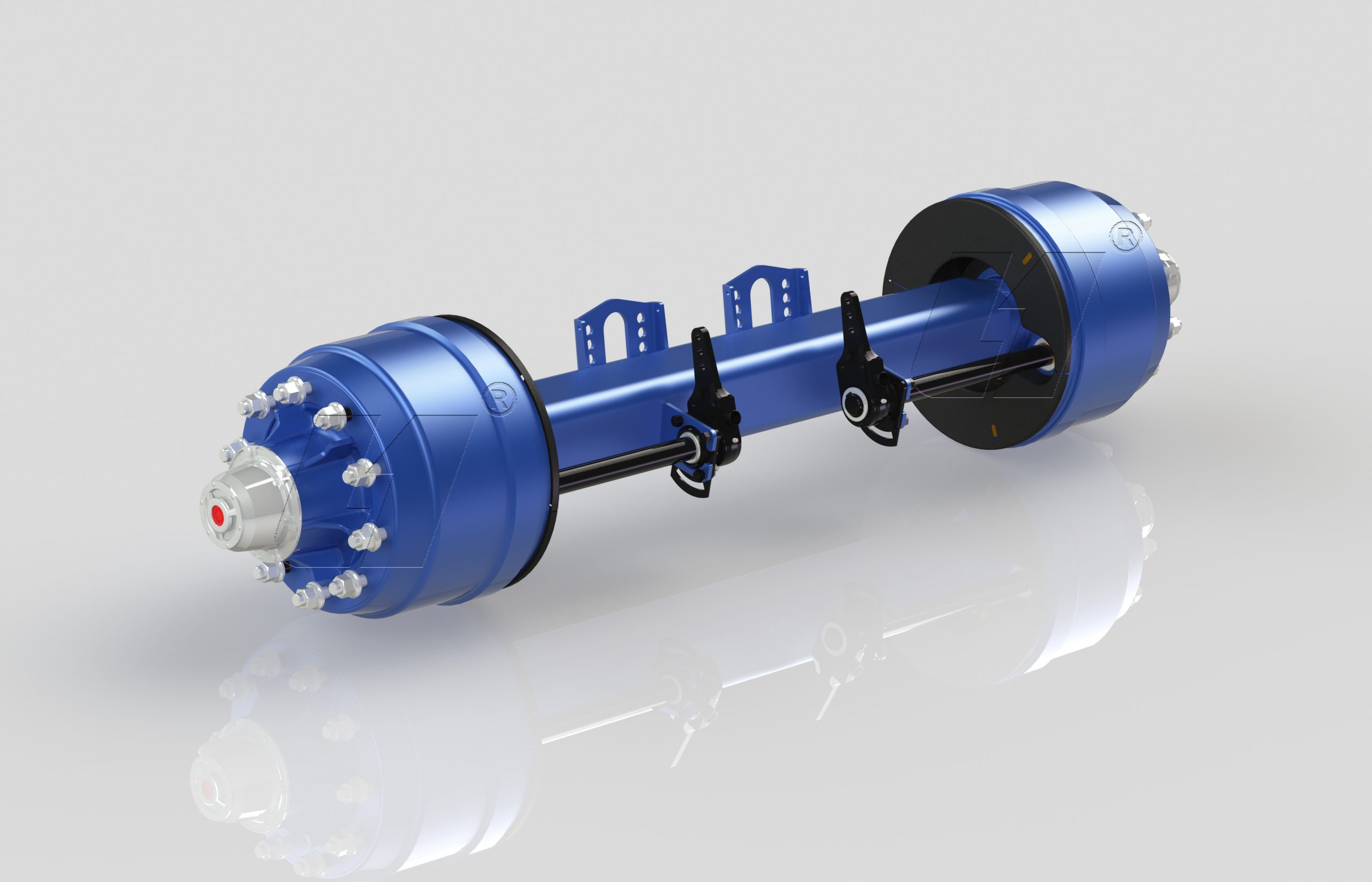What Happens When Your Axle Breaks Down?
A vehicle’s axle plays a crucial role in the overall functionality of the vehicle’s drivetrain system. When an axle breaks down, it can have significant consequences for the vehicle’s performance, safety, and overall functionality. Let’s delve into the various aspects of what happens when an axles fails.
**1. ** Steering Issues:
One of the primary functions of an axle is to transfer power from the engine to the wheels. When an axle fails, it can lead to steering issues. You may experience difficulty in steering the vehicle, and there might be a noticeable lack of responsiveness or an unusual resistance in the steering wheel. This can affect the vehicle’s handling and compromise safety on the road.
**2. ** Vibration and Shaking:
A damaged axle can cause vibrations and shaking, especially during acceleration. This is often felt in the steering wheel or the entire vehicle. The vibrations occur because the axle is no longer able to maintain a smooth transfer of power between the engine and the wheels. This symptom can be a clear indication that the axle joints or CV joints are failing.

German Spoke Axle For Truck Tyre
**3. ** Clicking or Clunking Noises:
Worn-out or damaged axle joints can produce clicking or clunking noises, especially when the vehicle is turning. This sound is a result of the increased play or slack in the axle components. If you hear such noises, it’s essential to address the issue promptly, as continued driving with a damaged axle can lead to further damage and potential failure.
**4. ** Uneven Tire Wear:
A failing axle can lead to uneven tire wear. When the axle is not functioning correctly, it can cause the tires to wear unevenly, which can affect the vehicle’s traction and handling. Regularly inspecting your tires for uneven wear patterns can help identify axle problems early on.
**5. ** Fluid Leaks:
Some axles are filled with lubricating fluid, and a damaged axle may result in fluid leaks. This can be observed as puddles or spots of fluid on the ground beneath the vehicle. Loss of lubrication can accelerate wear and tear on the axle components, leading to more severe issues if not addressed promptly.

11t 12t 13t 16t American Out Board Axle
**6. ** Difficulty Accelerating:
As the axle is responsible for transferring power from the engine to the wheels, a malfunctioning axle can result in difficulty accelerating. You may notice a decrease in acceleration efficiency, sluggishness, or hesitation. This can impact the overall performance of the vehicle, making it less responsive on the road.
**7. ** Complete Axle Failure:
If axle issues are left unattended, they can escalate to complete axle failure. This can result in the loss of power to the wheels, rendering the vehicle undrivable. Complete axle failure often requires immediate attention and replacement of the damaged axle components.
**8. ** Safety Concerns:
A bad axle can compromise the safety of the vehicle. Steering difficulties, vibrations, and other issues associated with a failing axle can increase the risk of accidents. It is crucial to address axle problems promptly to ensure the safety of the driver, passengers, and others on the road.
In conclusion, when an axle goes bad, it can manifest in various ways, including steering issues, vibrations, strange noises, uneven tire wear, fluid leaks, difficulty accelerating, and even complete axle failure. Regular maintenance and prompt attention to any signs of axle problems can help prevent more significant issues and ensure the continued safe operation of the vehicle. If you suspect issues with your vehicle’s axle, it’s advisable to consult with a qualified mechanic for a thorough inspection and necessary repairs.


